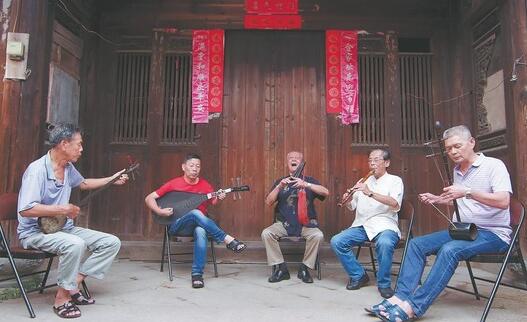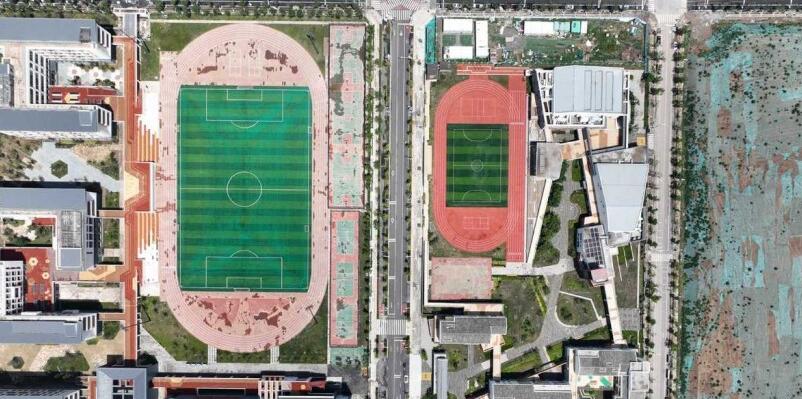by John Macdonald
KUALA LUMPUR, Nov. 17 (Xinhua) -- A single economic community comprising the world's seventh biggest economy is likely to be a reality for 10-nation Association of South East Asian Nations (ASEAN) by the end of this year-but analysts say the big challenges are yet to come.
ASEAN has grown in size and influence since its founding as a political and security bloc 1967, and now boasts a combined GDP of 2.5 trillion U.S. dollars, with 1.2 trillion U.S. dollars in total merchandise exports.
Seeing the potential for further growth and economic leverage, ASEAN leaders in 2007 adopted the blueprint to guide the establishment of the ASEAN Economic Community (AEC).
With more than 600 million people, the potential AEC market would eclipse both the EU and North America.
When the leaders gather for their 27th summit meeting in Kuala Lumpur this month, they'll be assessing a huge range of targets set as the basis for a fully integrated regional economy.
The AEC is defined by four ambiguous pillars: creating a single market and production base; increasing competitiveness; promoting equitable economic development; and further integrating ASEAN with the global economy.
In detail, these cover areas like recognition of professional qualifications, convergence of macroeconomic and financial policies, trade financing measures, enhancing infrastructure and communications connectivity, development of electronic transactions, and integrating industries across the region to promote regional sourcing.
The stated aim: a region with free movement of goods, services, investment, skilled labor, and freer flow of capital.
CLEAR INTENTIONS
A meeting of economic ministers in August welcomed progress in the implementation of the AEC blueprint, acknowledging that 91.5 percent or 463 of the 506 prioritized measures had been implemented.
Analysts are confident that the AEC is on target, although ordinary people and businesses will likely be slower to feel the significance of the breakthrough.
Gary Hawke, Emeritus Professor at New Zealand's Victoria University and a member of the Academic Advisory Council of the Jakarta-based Economic Research Institute for ASEAN and East Asia, reckons the implementation rate of the priority measures is probably closer to 75 percent to 80 percent.
"It varies from country to country -not always as you might expect. Some of the less developed countries -Laos, Cambodia, Vietnam - have actually done more to provide for the implementation of some of the investment intentions of AEC than some of the other larger countries like Thailand," Hawke told Xinhua in a phone interview.
"The way to see it is that the intentions are clear - there'll be some backsliding; there'll be compromises, but the path is being set towards a really good economic community among all the ASEAN members."
Sanchita Basu Das, lead researcher on economic affairs at the ASEAN Studies Center of Singapore's Institute of South East Asian Studies, said most business people are still facing non-tariff barriers, including dissimilar customs rules and regulations and lack of infrastructure.









